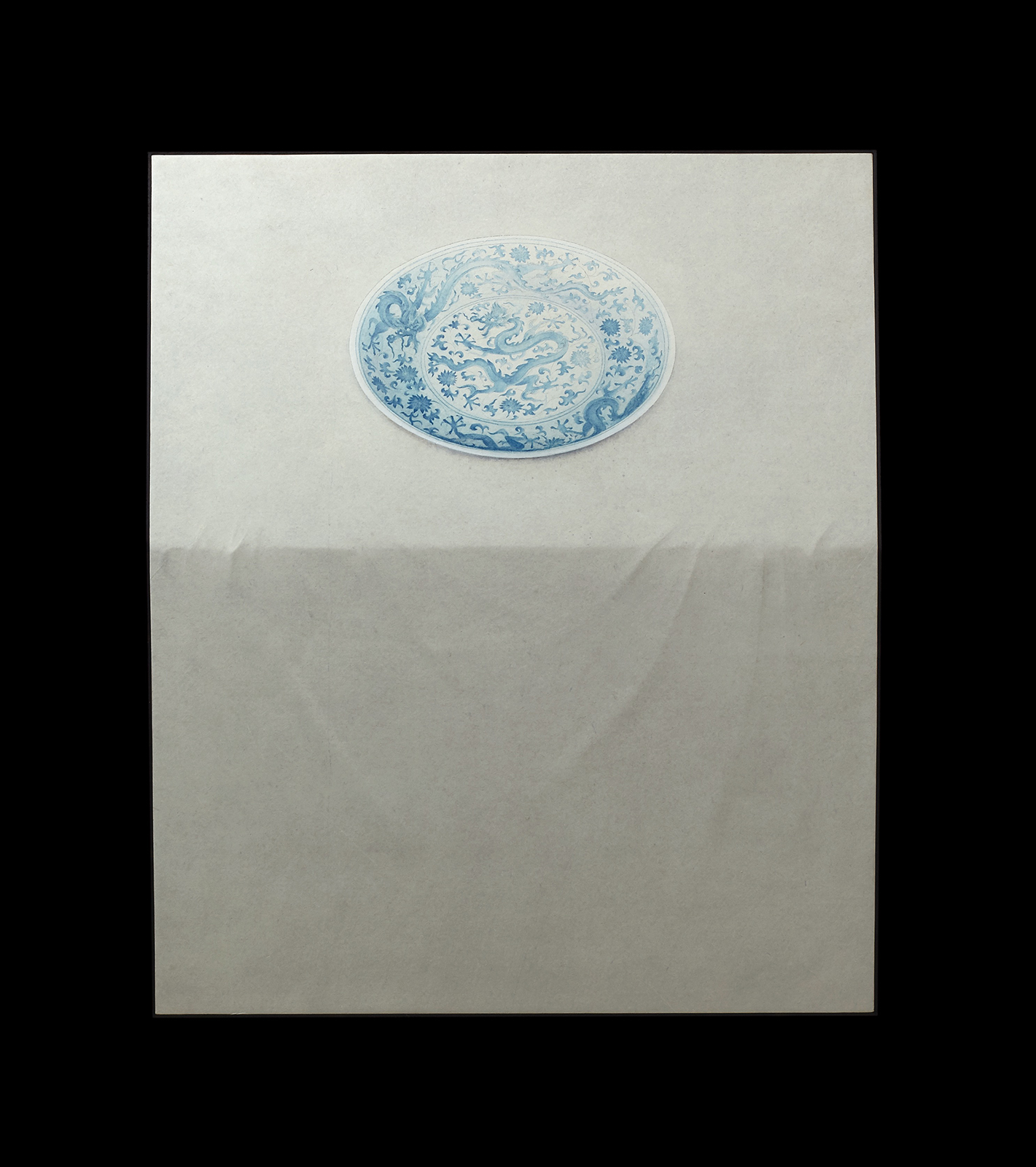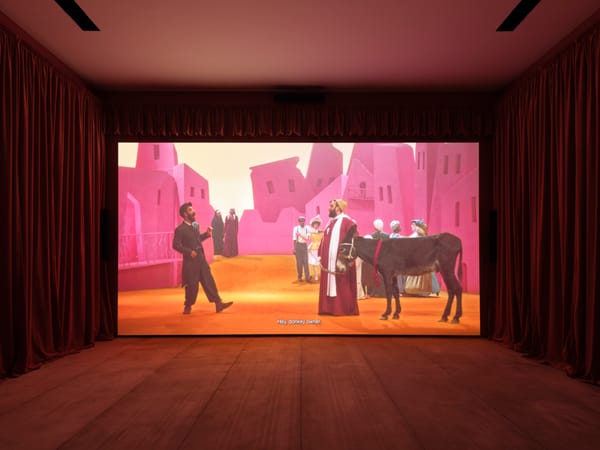Ideas
Reflections on “In Ink: Contemporary Chinese Ink Painting” at Royal College of Art


The application of Chinese ink transformed during the political reconfiguration of the country, as instigated by Deng Xiaoping’s Open Door policy at the end of the 20th century. With an influx of global influences and the rehabilitation of intellectuals, artists became a part of the “Reading Fever’” or “High Culture Fever” as described by Jing Wang, professor of Chinese Languages and Culture, at Massachusetts Institute of Technology in her book High Culture Fever (1996). Incoming texts, although limited and dependent on the speed of translation, provided inspiration for experimental practices. A selection of consequent work is reimagined as “In Ink: Contemporary Chinese Ink Painting,” a recent exhibition at the Royal College of Art in London (9/7–13) curated by Betty Lutyens-Humfrey and Chen Lin. Through the work of six young contemporary brushwork artists—Chen Jun, Hang Chunhui, Hao Shiming Qian Zi Wen, Ma Lingli, Peng Jian and Xu Hualing—from across China, the show explored how sticks and cakes of color, traditionally ground on ink stones and used by Chinese literati in “brush and ink play,” absorbed these cultural influences and continues to evolve.
Speaking with artist Hang Chunhui ahead of a panel discussion to mark the opening of the show, it was evident that conceptual engagement with the West, and the possibility of critical art discussion continues to affect his work. He reflected on how the direction of his practice changed when he learned about Expressionism and began to understand viewing processes through the work of Rothko. “It showed me how to find my own form,” he stated. Standing before Hang’s piece Everyday: Blue and White Porcelain Dish (2016), the artist described the process of working ink and rice paper into a pseudo-sculptural relief. Following research into baroque forms, the artist has recently developed a three-dimensional perspective through a framing process, which allows rice paper to fall forward and be worked into creases. Washed with gypsum to leave a glittery residue, the porcelain plate is painted with precise but loose calligraphy lines, leaving the viewer in a transcendental, “mysterious atmosphere,” which Hang explained is his current preoccupation.
As curator Lutyens-Humfrey walked me through the exhibition, she explained that this group of artists lightly quotes traditional ink techniques and forms to recall China’s rich artistic heritage. She led me to Xu Hualing’s “As Light” series (2016), a collection of four innocuous works at the far end of the gallery. As we approached the large pieces, an adolescent female figure emerged from a double-layered silk canvas. Featherlight No. 2 (2016) shows how Chinese ink now possesses a new voice. The artist has devised an innovative process where ink is repeatedly washed, allowing it to soak into this layered, transparent canvas, leaving the work hauntingly luminescent. The figure is suspended in an uncomfortable, limp, almost morbid configuration. This is ink becoming critical, and delicately pointing to the value of individual expression, which has been absent in the past.



Lutyens-Humfrey explained that these works are connected by an ongoing appetite for communication, exposure to knowledge and the construction of an idiosyncratic artistic vocabulary. Artist Peng Jian emphasizes this via the assimilation of “ruler painting” in deskscapes and book stacks. Works such as Peeping Inside (2015) and The Empty Room (2013) imply the accumulation of knowledge. Placing them behind a rising city suggests that learning is a refuge.
Other significant contributions were from Professor Zhao Li from Beijing’s Central Academy of Fine Arts, who asked, “Why had they [the exhibiting artists] eschewed installation and video, the predominant mediums used by graduates at the Central Academy of Fine Arts?” As Lutyens-Humphrey confidently told me, these artists are building a legacy for further generations, “This is a meaningful project, and their thinking is contributing to the new look of Chinese painting.” It will be interesting to see how these six artists develop, and how their optimism for ink extends and potentially embeds itself in the Chinese art world. As artist Hang Chunhui concluded, “We hope for more communication and discussion.”
“In Ink: Contemporary Chinese Ink Painting” was held at the Royal College of Art, London, from September 7–13, 2016.







